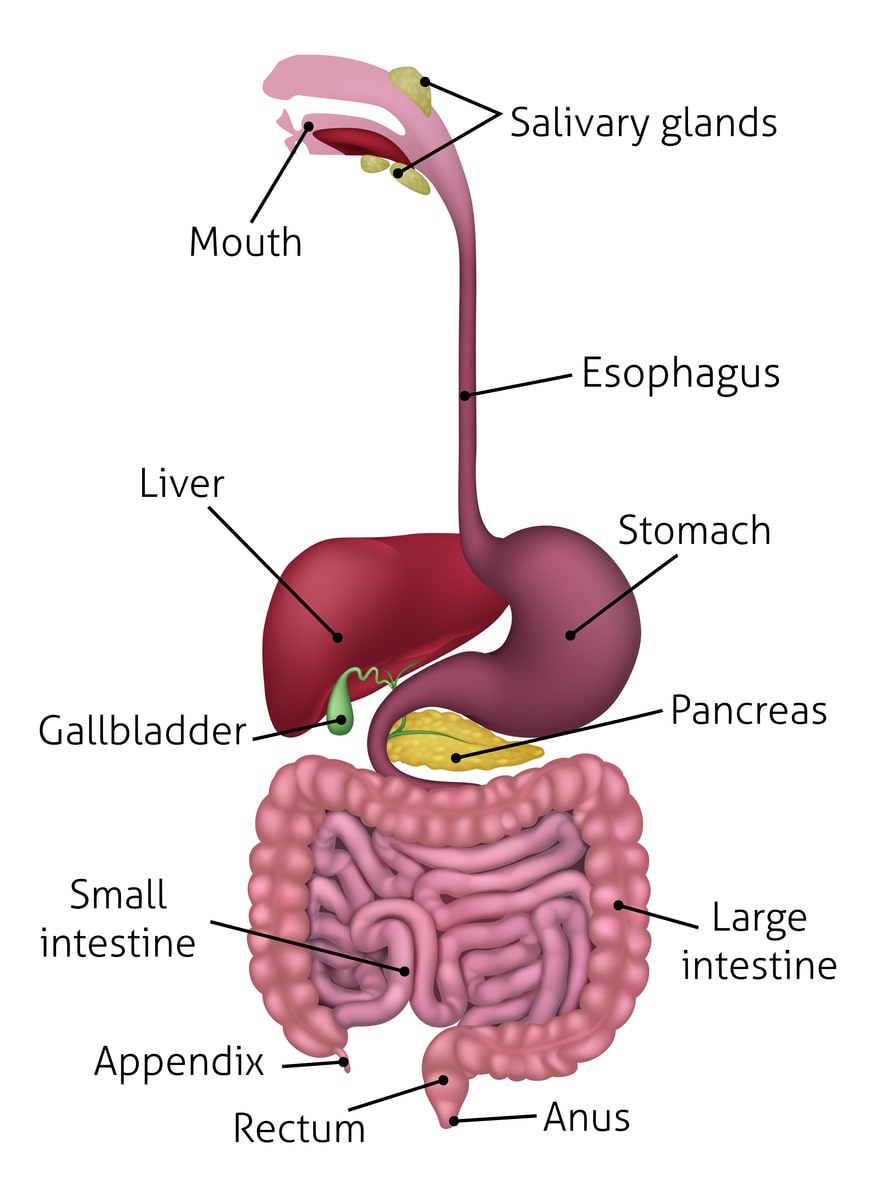
Treating Esophagus Disorders: An In-Depth Look
The esophagus, a crucial component of our digestive system, plays a vital role in transporting food and liquids from the mouth to the stomach. Various disorders can affect its function, leading to discomfort, pain, and complications. In this blog, we’ll look into the intricacies of esophageal disorders, exploring their causes, symptoms, diagnosis, and treatment options. From common conditions like gastroesophageal reflux disease (GERD) to more complex issues such as eosinophilic esophagitis, we unravel the mysteries surrounding esophageal health and empower you with the knowledge to navigate through diagnosis and treatment effectively.

Common Esophageal Disorders and Their Symptoms
Esophageal disorders encompass a range of conditions affecting the esophagus, the muscular tube that moves food and liquids from the mouth to the stomach. These disorders can significantly impact quality of life, causing symptoms such as difficulty swallowing (dysphagia) and chest or back pain. Common esophageal disorders include:
- Achalasia: Achalasia is a rare esophageal motility disorder characterized by the inability of the lower esophageal sphincter to relax and allow food to pass into the stomach, leading to impaired swallowing, regurgitation, and chest pain. While the exact cause remains elusive, it’s believed to stem from an autoimmune reaction affecting the nerves in the esophagus, disrupting its normal functioning.
- Eosinophilic Esophagitis: This condition involves an excessive accumulation of eosinophils, a type of white blood cell, in the esophagus, resulting in inflammation and damage to the esophageal tissue. Eosinophilic esophagitis is often associated with allergic conditions and food sensitivities, and it manifests with symptoms such as difficulty swallowing, chest pain, and food impaction, especially in individuals with multiple allergies or sensitivities.
- Gastroesophageal Reflux Disease: GERD is a chronic condition that results from the malfunctioning of the lower esophageal sphincter, which fails to close properly, allowing stomach acid to regurgitate into the esophagus. Common symptoms include heartburn, a burning sensation behind the breastbone, regurgitation, where stomach contents flow back into the throat or mouth, and difficulty swallowing, known as dysphagia.
- Barrett’s Esophagus: A condition where the normal lining of the esophagus is replaced by tissue similar to that found in the intestine, often due to long-term acid reflux from GERD. It is a risk factor for esophageal cancer and may present with no symptoms or symptoms similar to GERD, such as heartburn and difficulty swallowing. Regular monitoring and treatment of GERD symptoms are essential to manage Barrett’s esophagus effectively and reduce the risk of complications.
Other notable conditions include esophageal cancer and esophageal spasms. Each disorder presents unique challenges in diagnosis and treatment, emphasizing the importance of understanding their causes and symptoms for effective management.
Diagnostic Methods for Esophageal Disorders
Diagnosing esophageal disorders involves a variety of tests, each tailored to uncover different aspects of esophageal health and function. A comprehensive approach ensures accurate diagnosis and effective treatment planning.
Barium Swallow Radiograph & Upper GI Series:
Barrett’s esophagus screening involves endoscopy, where a flexible tube with a camera examines the esophagus, and biopsies are taken to detect abnormal cell changes. The purpose is to identify individuals with chronic GERD at risk of developing Barrett’s esophagus, detect changes early to prevent esophageal cancer, and guide treatment decisions and management strategies. Follow-up monitoring may be recommended to assess changes in the esophageal lining.
Esophageal Manometry & High-Resolution Manometry:
These evaluate esophageal function by measuring muscle contractions and pressure. Esophageal manometry aids in diagnosing motility disorders like achalasia, while high-resolution manometry offers detailed measurements of esophageal pressure patterns for enhanced accuracy. Both procedures involve passing a flexible tube with pressure sensors through the nose or mouth into the esophagus to assess function and diagnose disorders.
Upper Endoscopy & Endoscopic Ultrasound:
Upper endoscopy and endoscopic ultrasound utilize a flexible tube with a camera to examine the upper gastrointestinal tract and nearby organs. Upper endoscopy diagnoses conditions such as GERD, ulcers, and Barrett’s esophagus, while endoscopic ultrasound provides detailed images for diagnosing and staging pancreatic cancer, bile duct disorders, and submucosal tumors. Both procedures involve sedation and insertion of the endoscope through the mouth and may include biopsies or therapeutic interventions.
Treatment Options for Managing Esophageal Disorders
Treatment options for managing esophageal disorders are diverse, reflecting the complexity and variety of these conditions. Common treatment options include:
- Medications: Antacids, proton pump inhibitors (PPIs), and H2-receptor antagonists reduce stomach acid production and alleviate symptoms of GERD and related conditions.
- Lifestyle Modifications: Dietary changes, weight management, and avoiding trigger foods and behaviors (e.g., late-night eating, smoking) minimize symptoms and improve esophageal health.
- Endoscopic Therapies: Procedures such as endoscopic dilation widen narrowed areas of the esophagus. Endoscopic mucosal resection (EMR) or endoscopic submucosal dissection (ESD) removes abnormal tissues. Endoscopic ablation techniques can also be performed.
- Surgical Interventions: When conservative measures are ineffective or complications arise, surgeries may be employed to treat various esophageal disorders.
- Esophageal Stent Placement: To alleviate symptoms and improve swallowing in individuals with esophageal strictures or obstructions.
When to Seek Medical Attention
If you suspect you may have an esophageal disorder, it’s crucial to seek medical attention promptly. Persistent symptoms such as frequent heartburn, regurgitation, difficulty swallowing, chest pain, or unexplained weight loss, should not be overlooked. If you have a history of GERD, Barrett’s esophagus, or other esophageal conditions and notice any changes in your symptoms or overall health, it’s important to consult with your GastroMD doctor. If you experience acute symptoms such as severe chest pain, difficulty breathing, or food getting stuck in the esophagus, seek immediate medical assistance. Early diagnosis and treatment are essential for effectively managing esophageal disorders and preventing potential complications.

Contact Us for Esophagus Treatment
Understanding esophageal disorders, their causes, and available treatment options is essential for effectively managing these conditions and improving quality of life. Whether you’re dealing with GERD, achalasia, or other esophageal issues, early diagnosis and appropriate medical intervention are critical. If you’re experiencing symptoms suggestive of an esophageal disorder or have concerns about your digestive health, don’t hesitate to seek medical help. At GastroMD, we offer expert care and personalized treatment plans to address a wide range of esophageal conditions. Take the first step towards better esophageal health and contact GastroMD today. Our team of experts is here to support you as you navigate through your journey to relief and improved well-being.



